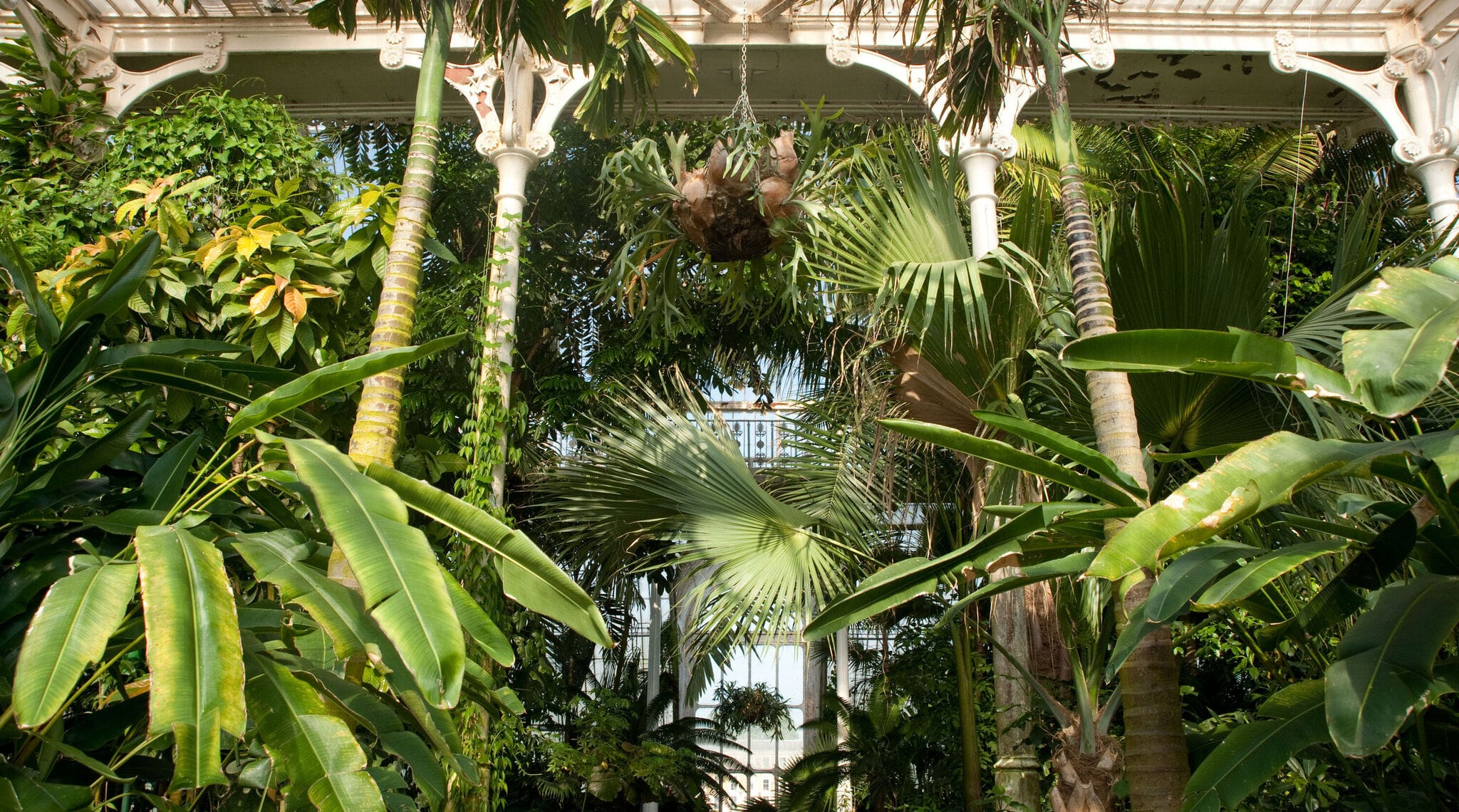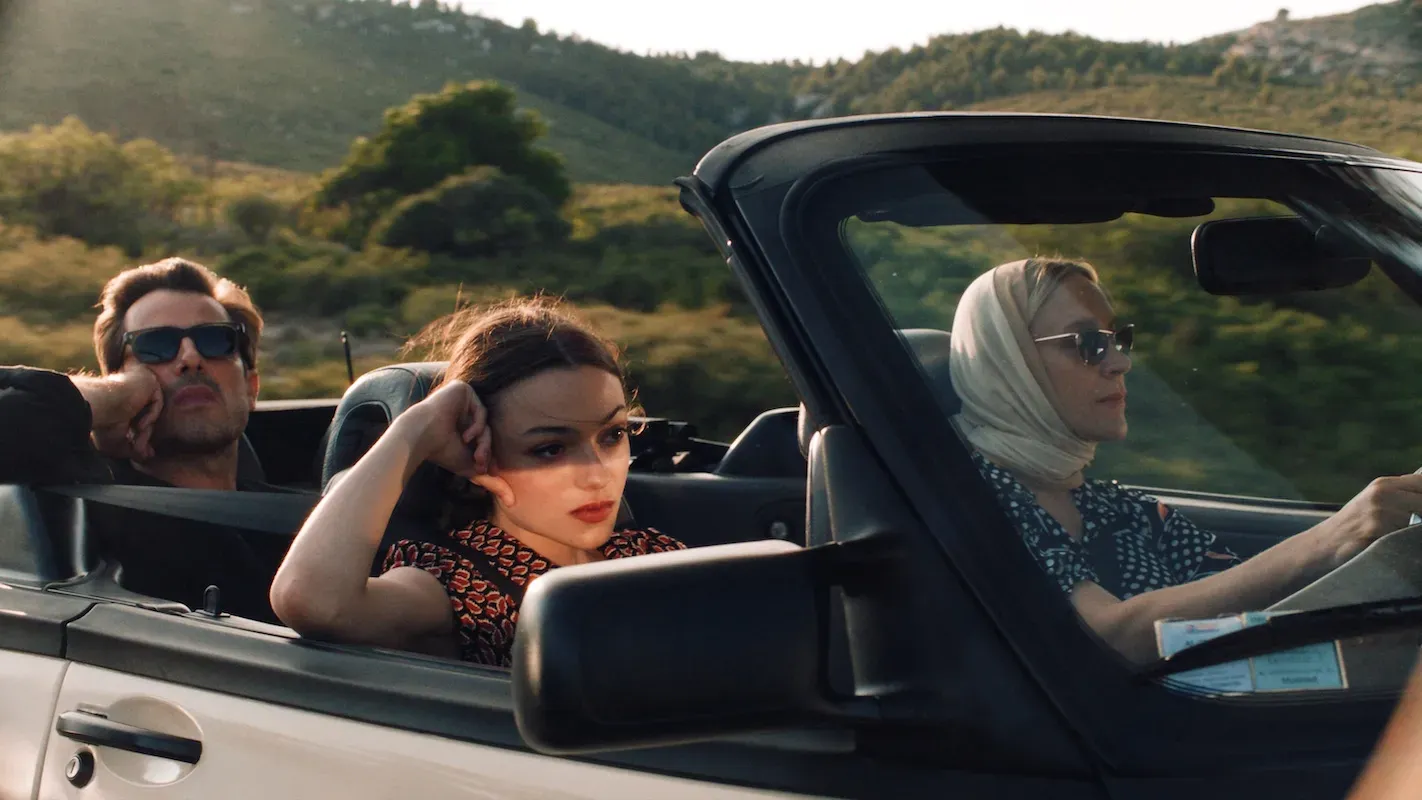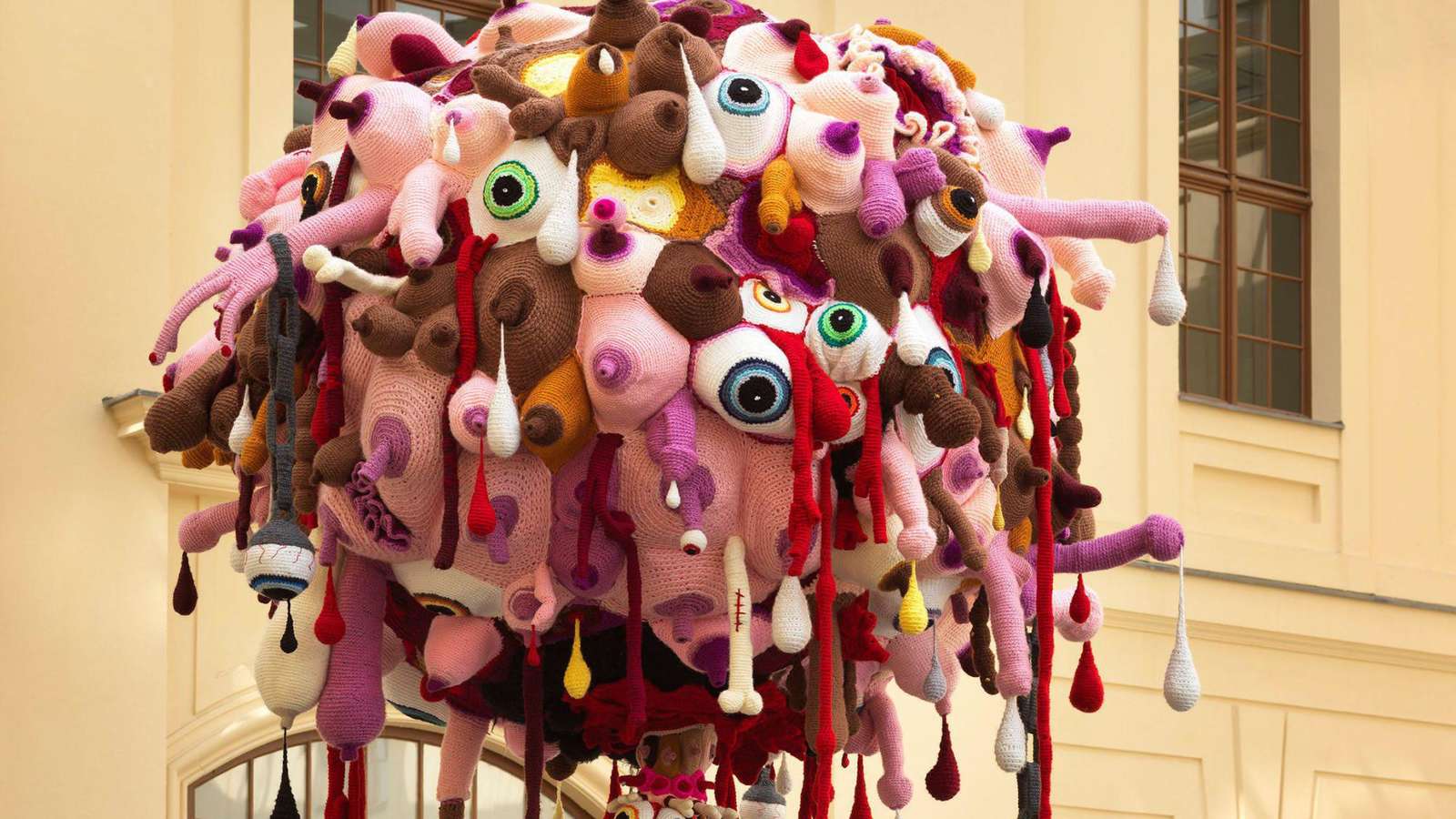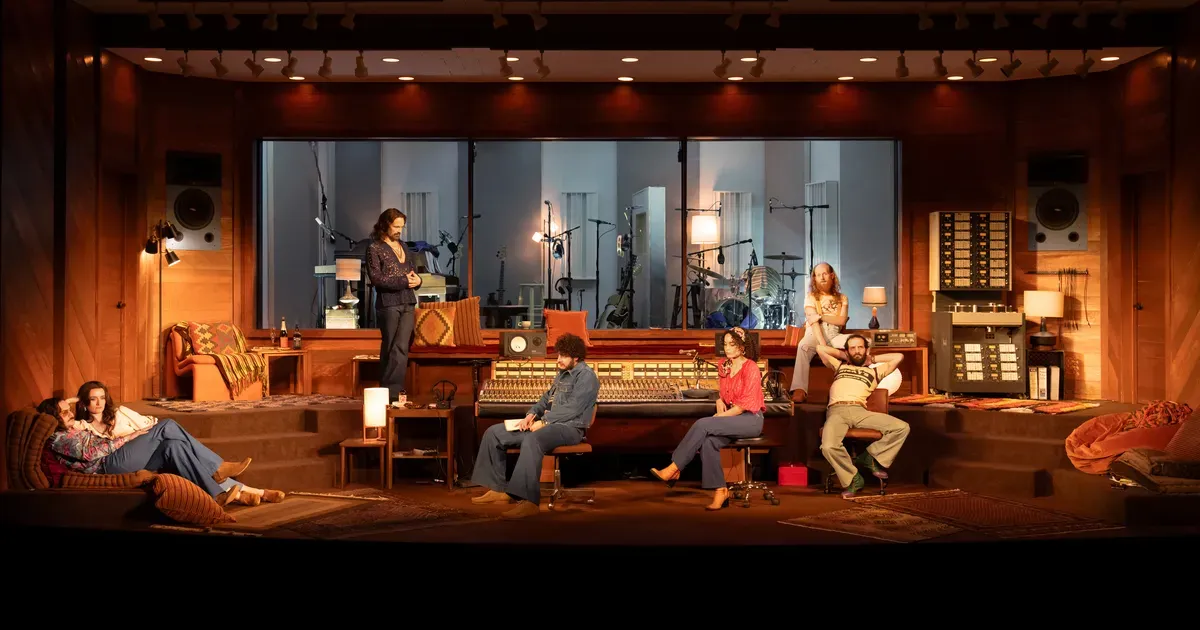When a Garden Leans into Complexity
As with the field of botany, the idea of the botanic garden in the West is deeply rooted in the history of European imperialism and extractivism. Led by London's iconic Kew, botanic gardens around the world are now attempting to untangle the legacies of empire.

“The idea of ‘decolonising’ a plant collection lacks both common and historical sense,” wrote Ursula Buchan, Christopher Forsyth, and Zewdity Gebreyohanes in “Politicising Plants”, a rather irritated 2021 paper from the conservative British think tank Policy Exchange. What had their collective backs up was a recent, very public shift in messaging from that grand old mecca of colonial botany, the Royal Botanic Gardens at Kew.
The year before, at the height of the Black Lives Matter movement, Alexandre Antonelli, Kew’s director of science, had written in The Conversation that the foundation of the world’s largest collection of plants and fungi was focussed on the movement of plants around the British Empire, with scientific exploration put in the service of seeking “economically profitable plants”. Writing from his perspective as a Brazilian scientist with a mix of indigenous and colonial ancestry, he did not mince words:
In my own field of research, you can see an imperialist view prevail. Scientists continue to report how new species are “discovered” every year, species that are often already known and used by people in the region — and have been for thousands of years. Scientists have appropriated indigenous knowledge and downplayed its depth and complexity. The first inhabitants of Brazil and the first users of plants in Australia often remained unnamed, unrecognised, and uncompensated. They are quite literally invisible in history. This needs to change.
Two months before publishing his article, Kew had issued a 10-year manifesto for change. The urgency of decolonization is not just a separate point on the to-do list in its multifaceted mission to step up to the concurrent global crises of climate change and mass extinction — it is an integral part of all of it. The manifesto directly called for the decolonization of the garden’s collections and an honest conversation around Kew’s legacy in promoting imperialism, while describing a new, less passive role for the garden—using science and history to help illuminate better ways forward through the social, environmental, and economic stresses we are all living through.
For Buchan et al, this kind of thinking represented a fundamental shift away from the idea of pure science, arguing that the government should intervene on a legal level to put Kew back in its place. “It is unclear how lectures ‘prompting the audience to interrogate their biases, question where their messaging comes from, and be alert to how language, narratives and visual messaging can perpetuate and feed racism’ could boost one’s ‘knowledge of the plant and fungal kingdom’,” they wrote.
In Antonelli’s article, the implication was that without doing this work, the science is hardly science at all, and one cannot know the plant and fungal kingdom without knowing these things. His critics were instead offering a rather elided and simplified view of the world that guides us away from the difficulties we need to face. “By opening up our collections and practices, we will give voice to a past that includes troubled chapters, but one that will hopefully contribute to a brighter future,” Antonelli wrote.
Sharon Willoughby is head of interpretation at Kew, which means she is responsible for the narrative interactions that help visitors make meaning from its gardens—from the text on interpretive panels and the design of walking tours, to more subtle communications and interventions. Despite the pushback Kew has received over its manifesto, she tells me that in her role, the pressure from those who visit the garden is the opposite—they want Kew to move more quickly. She hears it first, she says, when older panels with questionable narratives are visible again after an overdue pruning, or are retrieved from an old shed and put back on display without the proper critical thought.
“At Kew, we’re in the early stages of developing complexity, co-production, or creation of our stories on site,” she says. “My sense is that our community is very interested in learning more about Kew’s history and the complexity of our scientific work. If a panel contains problematic language, if it were to say ‘this plant was discovered…’, our visitors are very quick to point that out. I think they have an appetite for this change and a desire for us to move forward swiftly.”
“There’s a clear commitment in the manifesto that these gardens are for everyone, so telling stories that reflect people’s voices and heritage is important to that vision. If people don’t see themselves reflected in the garden, we continue to communicate a message that it’s not a place for them.”
She points to a recent orchid festival, themed around Madagascar. Translational efforts did not just involve Kew’s own research conservation centre in Antananarivo, but with local Malagasy colleagues, community, and diplomatic representatives.

“People really loved the stories,” she says. “The photographs of real people, and having the Malagasy language translated into English and French on our signs. People respond to the authenticity. I think real storytelling has a vibrancy and a passion that speaks to people. You know, life is complex. History is complex. Good stories are complex. What’s not to like?”
If gardens are a place to retreat to for peace, and for restoration, it makes sense that the idea of using them to tell sticky and complex stories could rub many the wrong way. Willoughby thinks, however, that the serenity of a good garden provides a unique opportunity to create reflection and change.
“I think the strength of gardens is their ability to act as third places,” she says. “The The third place is an idea developed by Ray Oldenburg, who wrote a book called The Great Good Place. He says that home is the first place, work is the second place. Places like your favourite pub, your favourite cafe, the Village Green, those are third places. Third places have particular characteristics. They feel like they belong to the whole community, so everyone is welcome. People can be at ease and relaxed. And therefore, he postulates that we’re more open. We’re more open to engage with new ideas and learn. I use the glass houses [at Kew] almost literally as prisms through which to reflect and refract all those different stories.”
Prior to joining Kew, Willoughby spent 14 years working for the Royal Botanic Gardens in Melbourne, where she experienced the inversion of the colonial tensions she now sees at Kew, working directly on the sites of colonization, rather than at its epicentre. There she worked primarily on a decades-long project to build a new botanic garden on 1,000 acres of remnant bushland with an old sand mine in the middle. The project, first proposed in 1935, was to feature entirely Australian native plants. Part of her role was to work with local communities, including the traditional Boon Wurrung owners.
“While the Melbourne Gardens had a great deal of involvement with First Nations people, it was almost as if that exploration of legacy was something that was happening together,” she recalls. “It was complicated and it was really hard. It was about unlearning some of our ways of working with other people, and really understanding that it couldn’t be led by our organizational agenda. It had to be led by the community. One of the Aunties that I worked with said to me very early on, ‘It’s going to take a lot of cups of tea in the bush.’”
Some of the educational initiatives that grew out of the project were a direct result of conversations that Willoughby had with one of the elders serving on the project in an advisory capacity. The elder, who was also a maternal health nurse, was an advocate for strengthening the identity of Indigenous children, and knowledge of their traditional lifeways, and the overall positive effect it had on performance at school.
“She knew that if these children don’t have a strong Indigenous identity, they will struggle through school. They will struggle to acquire literacy. Working with us, she set up what in Australia we call babies groups or play groups, for babies through to kindergarten age and their carers. Through setting up that group, she was able to teach the carers and their children Indigenous language for plants, and make them feel at ease in the country. My 13-year-old nephew in Melbourne is now learning one of the First Nations languages in school. I wouldn’t have imagined that was possible even seven years ago, so things continue to change.”
A focal point of much of Willoughby’s work at Kew is its iconic Palm House, which is planned for renovation into a net-zero emissions facility. In the Policy Exchange paper, the authors specifically criticize how the new Palm House would embrace more complex histories and narratives around the plants it contains, citing the impossibility of adequately conveying, for example, sugar cane’s long and tangled history through eight millennia of cultivation.
“Of course, no one denies that it includes the period when its harvesting in the Americas involved slavery and indentured labour,” the authors wrote, before going on to say that a “various and nuanced narrative would be a great deal to squeeze on to a display board placed in front of a plant in the Palm House at Kew, if the display boards were updated as proposed.” The narrative, they suggest, is too complex to talk about, and would only distract from the palms. Willoughby thinks otherwise, and sees very specific transformative potential in her job to squeeze all of that in.
“I think of the Palm House as a prism for these storytellings,” she says. “We want to talk about the importance of tropical rainforests, why they’re critical, how they’re threatened, what Kew and global partners are doing, and what our visitors can do to support that work. Obviously underneath that idea of how they’re threatened is the translocation of plants, and the extraction that occurred from the tropical world.”
When Stephanie Jutila first arrived in Toronto to assume her role as executive director of the Toronto Botanical Gardens, the city was in the midst of a heated argument about the nature of our green public spaces and who gets to use them. It was the spring of 2022, and we were only just learning how to be outside again. From months-long lockdowns to tensions over homeless encampments, our public parks and gardens had been a source of the kind of disputes you normally go to a garden to escape. In a city of condos people like this writer, without access to a garden or yard of their own, embraced whatever opportunity they could to touch grass in the few spaces they could find.
Like Willoughby, Jutila also thinks of the botanic garden as a vital third place, one that should reflect the diversity of experience of a city like Toronto, while also acknowledging the parts of its history that have been ignored. “In public gardens and parks we bump into people that don’t look like us,” she says, making it as good a place as any to have important conversations. “We need to break down that barrier between what is colonial and what is cultivated, and what is collected or gathered, and also just say clearly that this is native land.”
When she first started working in public gardens, at a Victorian conservatory in St Paul, Minnesota, Jutila did not necessarily understand the colonial underpinnings of her work.
“I fell in love with being in a cold climate and this notion of having plants that were on display for everyone that wouldn’t otherwise grow there,” she says. “I didn’t understand the colonialism then. That wasn’t as much of our discussion, or the forefront of our community’s conversations. It should have been, but the awakening to it, and then the wrestling with it, has been the trajectory of my career.”
In thinking about future programming for the Toronto Botanic Gardens, Jutila says there’s no shortage of stories around plants to focus on—there are questions to ask that lead towards a fuller, multidimensional picture of plants across human history.
“Where did this plant come from? How did it get here? How did it evolve over time? There’s the science of the plant, and then how it is used by different peoples around the world? Whether it’s dye or seeds or medicine or food or tradition. That's one of the pieces where our interpretation can go to that next level—a living, hands-on interpretation.”
It’s an ambitious, you might even say utopian, program. Toronto is a city defined by its diversity. It’s a map of experiences that aren’t just one single idea or outlook on the world. That’s a lot to fit into a garden, the contradictions and complexities of all that was brought here, and all that comes from here. The work to be done, for Jutila, means leaning into that complexity.
Back at Kew, Willoughby hopes to embrace that complexity by establishing what she calls an “ecology” of academics and students, who will work closely with Kew’s economic botany collection and experts, to explore the archives for PhD and Masters projects.
“It’s going to take the work of many years and many students to unravel that enormous story, but in that ecology, how do we bring in the voices of people from the tropics into the Palm House? And how can we bring in the voices of the peoples of London who are from there and now live in the UK? What voices have traditionally not been heard in the storytelling? How can we amplify those voices through the plants?”





